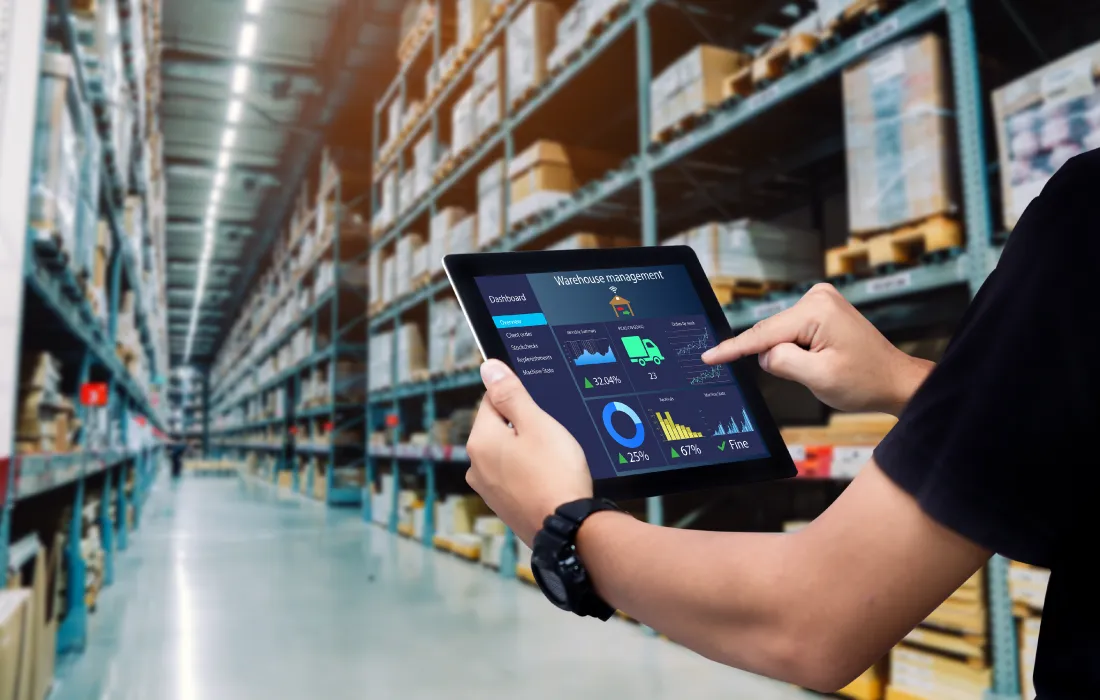Defined as the capability of recovering and withstanding disruptions, resilience measures how well organizations can effectively function as they adapt to unexpected changes. With Covid-19 ranking as among the most disruptive pandemics organizations have ever faced, businesses that emerged stronger are credited with having a higher level of resilience.
Now, business organizations across different industries are thinking about resilience, figuring out better and new ways of operating in a sustainable and resilient way. According to experts at Gibson Consulting, procurement plays a vital role. From managing to sourcing and negotiating contracts, CPOs, as well as their team, contribute a lot to the resilience of organizations.
The Importance of Resilience
Supply chain resilience needs optimization along every touchpoint of supplier-to-shopper routes, with more focus on vendor resilience. According to research, over 51% of organizations reported disruptions in the supply chain among Tier-in suppliers.
It is important to take time to investigate to ensure all your vendors are fortified against business continuity risks. The more you depend on external parties to offer important services, the more vital it is to make sure the third party you interface with has recovery abilities and resiliency in place. Here are the key benefits of prioritizing this important step:
- Increase project capacity
- Improve competitive advantage
- Minimize downtime risks
Understanding the Change
To understand the implications of supply chain resilience, you must comprehend certain factors that drive the shift in the competition. These may include globalization and customer expectations.
With the advent of globalization, markets have been interconnected. Companies now depend on partners, manufacturers, and suppliers from different countries to deliver services and products. Their actions no longer dictate the competitiveness of companies. Rather, it is dictated by responsiveness, resilience, and efficiency of the whole supply chain.
On the other hand, customers these days demand rapid fulfillment, seamless service, and personalized experiences. They expect organizations to reliably and quickly deliver products. Meeting all these expectations requires coordination and collaboration across the supply chain. So, organizations should align all their efforts to meet customer expectations, and all those with agile and efficient supply chains gain a competitive edge.
Building Supply Chain Resilience

Among the hallmarks of building resilience in the supply chain is change. Building resilience needs updating and changing current practices and processes to address the current challenges.
However, this isn’t a one-and-done task. As the global markets and world grow, supply chains should also change to keep up with that. Plus, as new challenges come up, organizations must adjust their resilience plans to handle risks. The best ways to do this include:
- Forecasting
- Building a solid foundation for partnerships
- Protecting supply chains with more proactive vigilance
- Evaluating supply chains
- Embracing diversification to reduce risks
The Bottom Line
In order to achieve resilience in the supply chain, it would be best to ensure there is a collaboration between the supply chain and ESG teams. This helps to build a more compelling business case for technology as well as other types of investments in supply chains. Sustainability, cost management, and supply chain resilience are all important goals that seem conflicting. But, business organizations should meet them so they can survive in competitive markets.

